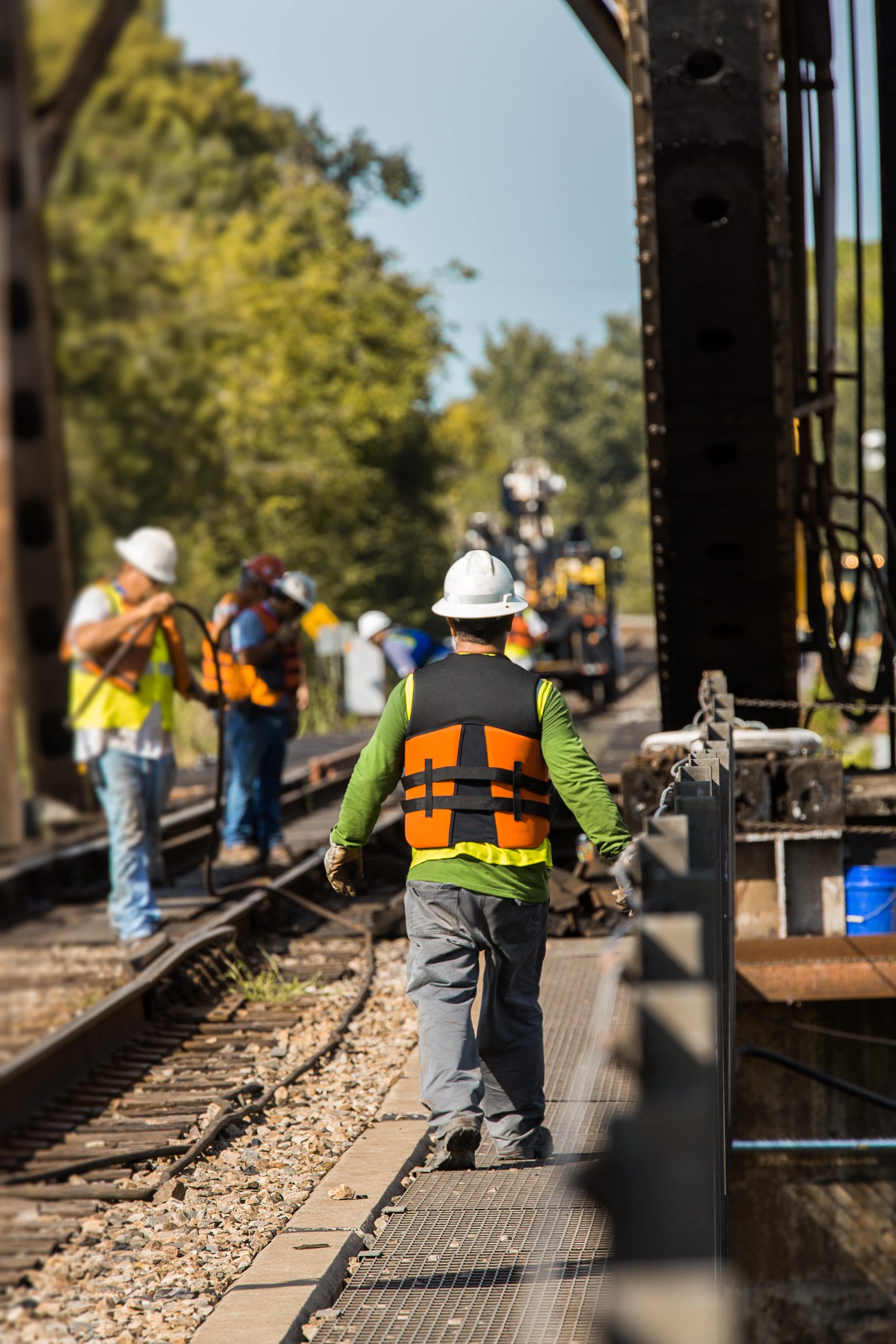Railroad Cancer Lawsuit Class Action: A Simple Definition

Understanding Railroad Cancer Lawsuit Class Actions
In the last few years, a troubling connection between railroad work and the development of certain types of cancer has actually emerged, triggering many lawsuits from affected workers. The class action technique has actually gained traction as hundreds or even thousands of railroad employees start to unite in their fight versus significant railroad corporations. This blog post dives into the information of railroad cancer lawsuit class actions, taking a look at how they work, the types of cancers included, and what affected individuals can do if they think they have been hurt.
The Background: What Are Railroad Cancer Lawsuits?
Railroad cancer lawsuits mostly arise from exposure to hazardous compounds frequently found in railroad environments. These hazards can include asbestos, diesel exhaust, silica dust, and other harmful chemicals. Employees who were not provided sufficient security may develop severe health problems that can affect their incomes and total lifestyle. By pursuing legal action, they seek compensation for medical expenses, lost earnings, and discomfort and suffering.
Types of Cancers Linked to Railroad Work
The following table highlights the types of cancers frequently associated with railroad workers and their prospective causes:
| Type of Cancer | Prospective Exposure Source |
|---|---|
| Lung Cancer | Diesel exhaust, asbestos |
| Mesothelioma | Asbestos |
| Non-Hodgkin Lymphoma | Chemical exposures, pesticides |
| Bladder Cancer | Benzidine, aniline dyes |
| Prostate Cancer | Hormone exposure, chemicals |
| Leukemia | Exposure to benzene, formaldehyde |
Class Action vs. Individual Lawsuits
Advantages of Class Action Lawsuits
Class action lawsuits offer a structured legal process for people with comparable claims. For those impacted by railroad-related cancer, joining a class action can be useful for numerous reasons:
- Cost-Effective: Legal charges are often shared, making it more affordable for people to participate.
- Increased Leverage: A large group can jointly represent their claims in court, which may press companies to settle.
- Equal Treatment: Each member of the class is dealt with relatively and equitably in settlement distributions.
- Simplified Process: Instead of filing private lawsuits, which can be time-consuming, people can sign up with an existing class action without navigating the intricacies of individual litigation.
Obstacles of Class Action Lawsuits
Regardless of their benefits, class actions include their own set of challenges:
- Lack of Individual Attention: Members of the class might feel that their specific circumstances are not adequately represented.
- Possible Delays: Class actions can take years to resolve, especially if the case makes it to trial.
- Limits on Recovery: Settlements may not fully compensate individual damages, as they need to be divided amongst all class members.
- Danger of Non-Participation: If not adequately notified, some possibly afflicted workers may not sign up with the class action or perhaps be uninformed of its existence.
Pursuing a Class Action: Steps to Take
If you think you are a prospect for a railroad cancer class action lawsuit, here are actions to consider:
- Consult a Lawyer: Look for an attorney specializing in poisonous torts or class action lawsuits, particularly those familiar with railroad employee cases.
- Gather Documentation: Compile work history, medical records, and any proof of exposure to hazardous substances.
- Stay Updated: Once you've signed up with a class action or discovered a legal representative, keep informed about the progress of your case.
- Join Support Groups: Connecting with others who have comparable experiences can supply psychological support and help you remain informed about their legal journeys.
Regularly Asked Questions (FAQs)
What should I do if I have been diagnosed with cancer as a railroad worker?
Look for medical advice immediately, and seek advice from a lawyer experienced in dealing with railroad cancer cases. Google can help figure out if you have a feasible lawsuit.
What is the time limitation to file a railroad cancer lawsuit?
Typically, the time limit (statute of constraints) varies by state and can range from one to a number of years from the date of diagnosis or the date you ended up being mindful of the link between your cancer and your railroad work. Always consult a lawyer to understand your specific circumstance.
Can I still submit a lawsuit if I worked for several railroad business?
Yes, you can pursue claims against several business if you have worked for them and believe you were exposed to damaging substances. A qualified attorney can help you navigate this complexity.
How are settlement quantities identified in class action lawsuits?
Settlement quantities are generally based upon various aspects, including the intensity of illnesses, degree of exposure, medical costs, lost earnings, and discomfort and suffering.
What occurs after a settlement is reached in a class action?
After a settlement is reached, the court will oversee the distribution of funds to class members based upon the settlement contract. Members will receive compensation according to the guidelines developed in the settlement.
Railroad cancer class action lawsuits represent a substantial step toward justice for workers who have actually been damaged by harmful exposures. Understanding how these lawsuits work and understanding your rights are crucial for those who presume they may have been affected. While the battle versus railroad corporations can be challenging, collective action provides expect afflicted people looking for accountability and compensation for their suffering. If you believe you might have a claim, consult with an attorney to explore your options. Together, workers can increase to tackle the injustices faced in the railroad industry.

